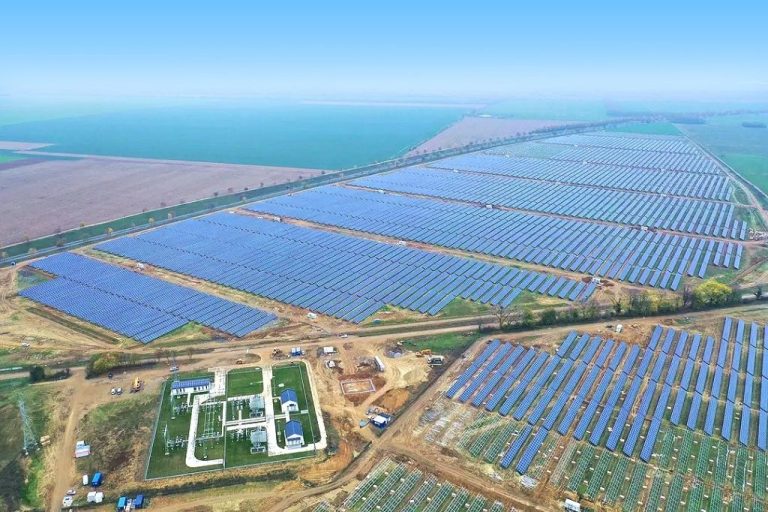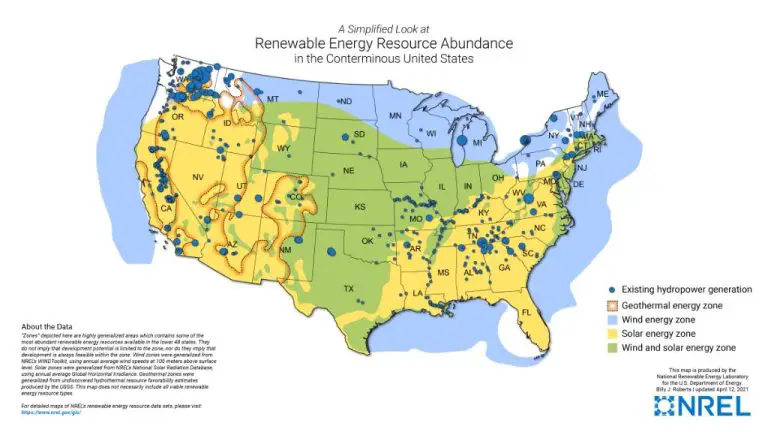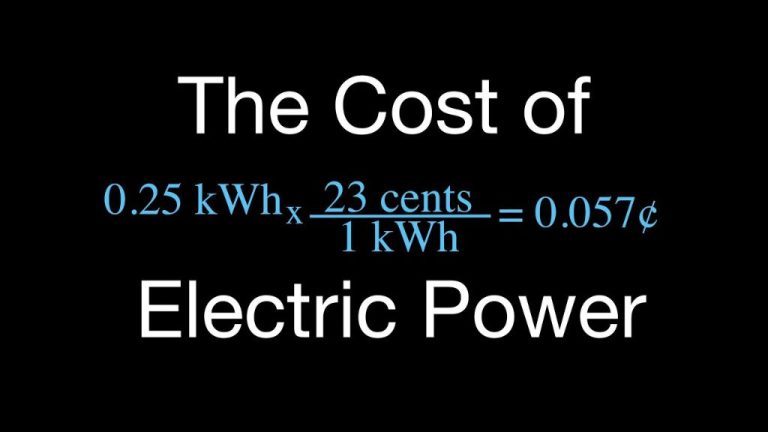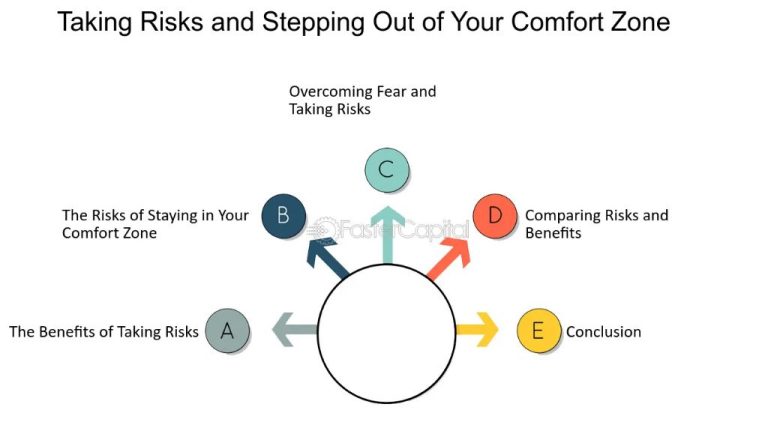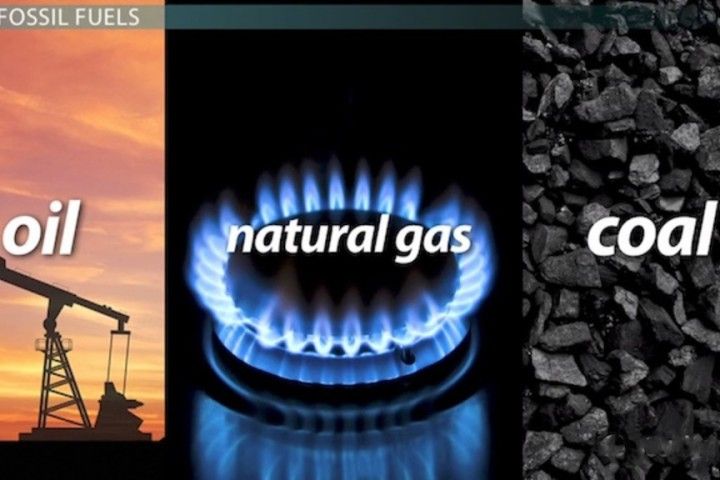What Is A Kilowatt-Hour Compared To A Regular Hour?
A kilowatt-hour (kWh) is a unit of energy that is commonly used to measure and price electricity. The kilowatt-hour allows us to quantify how much electrical energy is used over time. Instead of just measuring power (kilowatts), the kilowatt-hour takes into account how long that power is being used for. This makes it a convenient way to measure and compare electricity consumption. Kilowatt-hours are important because they allow us to easily understand, compare, and pay for electrical energy usage.
Definition of a Kilowatt-Hour
A kilowatt-hour (kWh) is a unit of energy that measures the amount of electricity used over time. Specifically, a kilowatt-hour measures the energy equivalent of using 1,000 Watts of power for one hour.
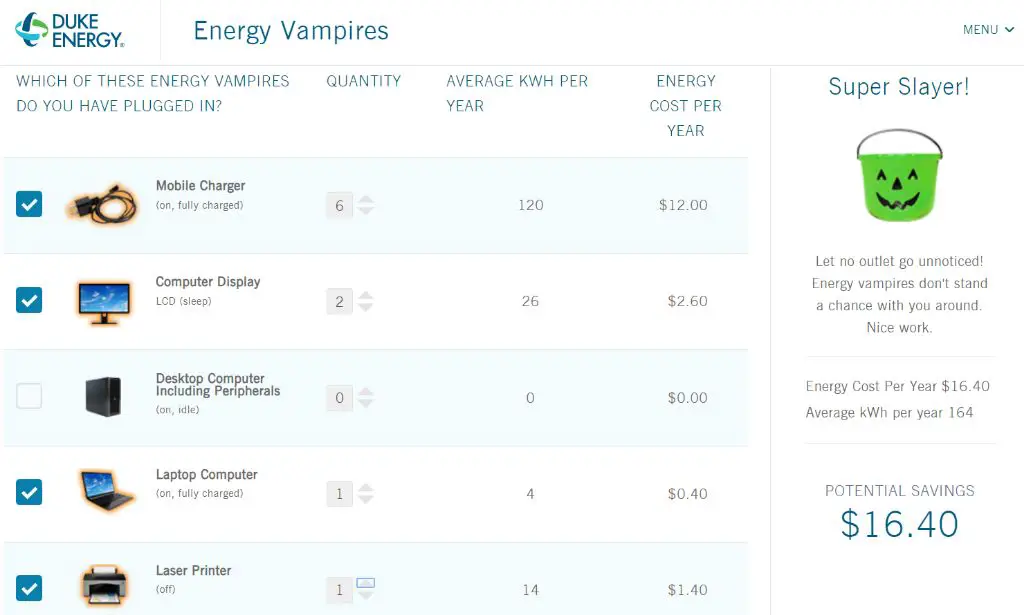
For example, if you use a 100 Watt light bulb for 10 hours, you will have used 1,000 Watts of power (100 Watts x 10 hours) for a total of 1 kilowatt-hour of electricity. The “kilo” in kilowatt-hour represents 1,000, indicating the use of 1,000 Watts of power. The “hour” indicates that this power usage is measured over the time period of one hour.
So in summary, a kilowatt-hour measures the total energy used by a power source rated at 1,000 Watts operating for one full hour. It allows us to quantify electric energy usage over time for billing, tracking, and analysis.
Example Kilowatt Usage
To understand how kilowatt-hours are used in everyday life, let’s look at some examples of common household appliances and their wattages:
100W light bulb – If a 100 watt light bulb runs for 1 hour, it has used 0.1 kilowatt-hours (100 watts x 1 hour / 1000 watts per kilowatt = 0.1 kWh)
1500W hair dryer – If a 1500 watt hair dryer runs for 30 minutes, it has used 0.75 kilowatt-hours (1500 watts x 0.5 hours / 1000 watts per kilowatt = 0.75 kWh)
1200W microwave oven – If a 1200 watt microwave oven runs for 15 minutes, it has used 0.3 kilowatt-hours (1200 watts x 0.25 hours / 1000 watts per kilowatt = 0.3 kWh)
As you can see from these examples, by knowing the wattage of an appliance and how many hours it runs, you can easily calculate the kilowatt-hours used.
Definition of a Regular Hour
A regular hour is a standardized unit of time measurement. It represents 60 minutes or 3,600 seconds on the clock. We commonly use hours to measure durations, set schedules, tell time, etc. The 24-hour system divided a full day into 24 hours, with each hour representing 1/24 of a day.
Humans have used various timekeeping systems throughout history, but hours, minutes and seconds based on the sexagesimal numerals of the ancient Babylonians have become the international standard. This makes the “regular hour” of 60 minutes universal across most countries today. It provides a consistent way to track increments of time for commerce, transportation, broadcasting and daily life.
Comparing Kilowatt-Hours and Hours
A kilowatt-hour and a regular hour measure two very different things. A kilowatt-hour is a unit of energy that measures electric power consumption over time. Specifically, it is the amount of energy consumed by a power of 1 kilowatt operating for 1 hour.
In contrast, a regular hour is simply a unit of time equal to 60 minutes or 3600 seconds. It does not measure any energy usage or power consumption. The key difference is that a kilowatt-hour quantifies an amount of energy, while a regular hour is just a fixed period of time.
To help understand the difference, think of using a 1 kilowatt hairdryer. If you use the hairdryer continuously for 1 hour, you will consume 1 kilowatt-hour of electricity. But the regular hour itself does not tell you anything about how much electricity was used – it is simply the time period over which the energy consumption occurred.
In summary, a kilowatt-hour measures energy usage over time, while a regular hour is just a fixed unit of time. Kilowatt-hours allow us to quantify electrical power usage, while hours simply provide the time frame.
Why Kilowatt-Hours are Used
Kilowatt-hours are used to measure electricity usage because they allow for easy comparison of energy consumption across different times and electrical loads. Some key advantages of using kilowatt-hours include:
Standard Unit of Measurement – Kilowatt-hours provide a standard way to measure any amount of electricity use, whether it’s a small home appliance or a large industrial facility. This makes it easy to compare usage and costs.
Accounts for Time – Electricity is a rate of energy flow over time. Kilowatt-hours account for both the power (kilowatts) and the time (hours) to give the total energy used. This provides a more accurate measure than just power alone.
Simplifies Billing – Utility companies bill customers based on kilowatt-hour usage. It’s a simple way to understand and calculate the cost of electricity based on consumption. Rates are applied per kilowatt-hour used.
Supports Conservation Efforts – With a standard unit like kilowatt-hours, programs around energy efficiency and conservation become easier. Kilowatt-hours allow tracking and comparison of efforts to reduce electricity usage.
In summary, kilowatt-hour is the fundamental unit for measuring electricity across any scale or application. The advantages of standardized measurement, time incorporation, billing simplification, and conservation tracking make kilowatt-hours a convenient and useful way to quantify electric power consumption.
Converting Kilowatt-Hours to Cost
Knowing how many kilowatt-hours of electricity you use is important for understanding what your electricity bill will be. Electricity rates are often expressed as cents per kilowatt-hour. By multiplying your kilowatt-hour usage by the rate, you can estimate the total cost.
For example, if you used 500 kilowatt-hours of electricity last month and your rate is 15 cents/kWh, your estimated electricity cost would be:
500 kWh x $0.15/kWh = $75
So those 500 kilowatt-hours would cost about $75 that month. Rates can vary significantly by location, season, and type of utility customer. Residential customers often pay rates between 10-20 cents/kWh. Commercial and industrial users may pay lower rates per kilowatt-hour.
Knowing your typical kilowatt-hour usage and your utility’s rates allows you to estimate your bill and also determine if you need to reduce consumption to lower costs. Tracking kilowatt-hours over time is better than just looking at total electricity costs, as rates change frequently while kilowatt-hour usage shows your actual consumption.
Measuring Large Amounts of Energy
Kilowatt-hours are commonly used to measure large amounts of energy production and consumption, such as for:
-
Electric power plants – A large coal or nuclear power plant may produce over 1 billion kilowatt-hours of electricity per year.
-
Manufacturing facilities – An auto manufacturing plant uses around 500,000 kilowatt-hours per year.
-
Commercial buildings – Large office towers and shopping malls often consume 10-20 million kilowatt-hours annually.
-
Residential usage – The average home in the U.S. uses about 10,000 kilowatt-hours per year.
-
City energy usage – New York City uses around 60 billion kilowatt-hours of electricity per year.
Measuring energy consumption in kilowatt-hours allows easy comparison of energy usage across different applications, facilities, and scales. From a single lightbulb to a massive factory, kilowatt-hours provide a standard energy measurement.
International Usage
Note that kilowatt-hours are commonly used worldwide, not just in the United States, to measure electrical energy. The kilowatt-hour is the standard unit for billing electricity across the globe. This universal standard makes it easy to compare electricity usage and pricing internationally.
For example, according to the International Energy Agency, the average household electricity consumption worldwide is around 3,500 kilowatt-hours per year. This global average provides a benchmark to compare household electricity use in different countries. The kilowatt-hour allows us to quantify electrical energy consumption concisely using a single, universally recognized unit.
So whether you’re looking at electricity usage in North America, Europe, Asia, or anywhere in the world, you can expect to see consumption measured in kilowatt-hours. The kilowatt-hour’s worldwide prevalence underlines its usefulness as a tool for understanding electrical power draws across national borders.
Conclusion
In summary, a key difference between kilowatt-hours and regular hours is that kilowatt-hours measure power consumption or energy usage, while regular hours only measure time. Kilowatt-hours allow us to quantify electrical energy, taking into account both the rate of power usage (kilowatts) and the duration (hours). This makes them very useful for billing purposes.
Kilowatt-hours help us understand energy flows in electrical systems in a standardized way. We can use them to compare appliances and equipment, determine cost of running devices, and get a sense of large-scale energy usage across cities and countries. Regular hours simply tell us units of time passing and do not account for the amount of energy being consumed. When it comes to electrical power, kilowatt-hours give us a practical metric to measure real energy usage over time.

